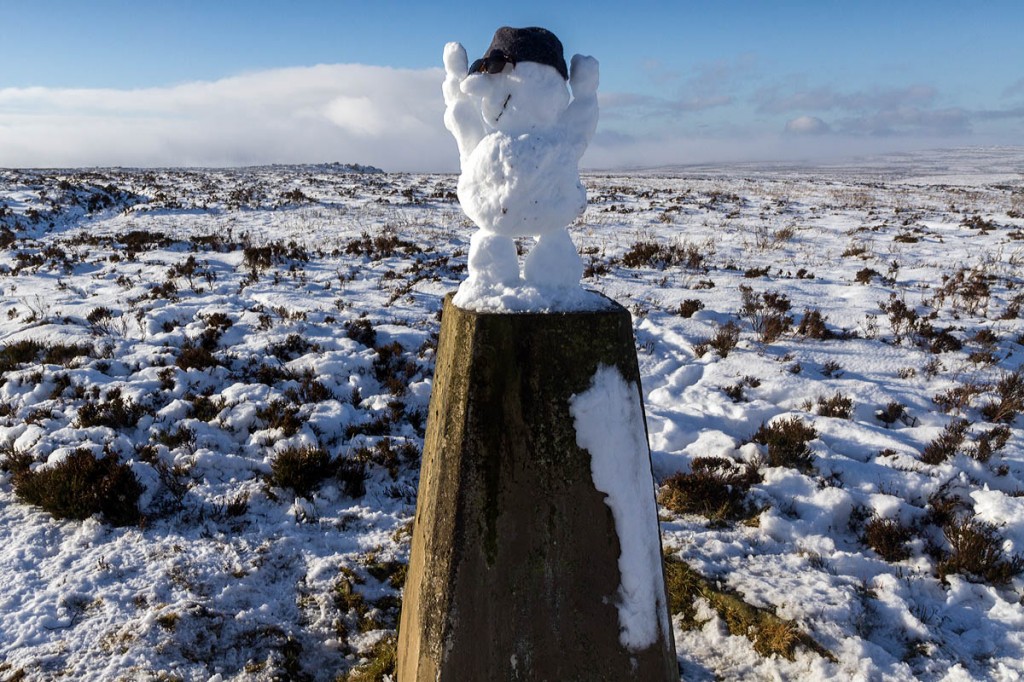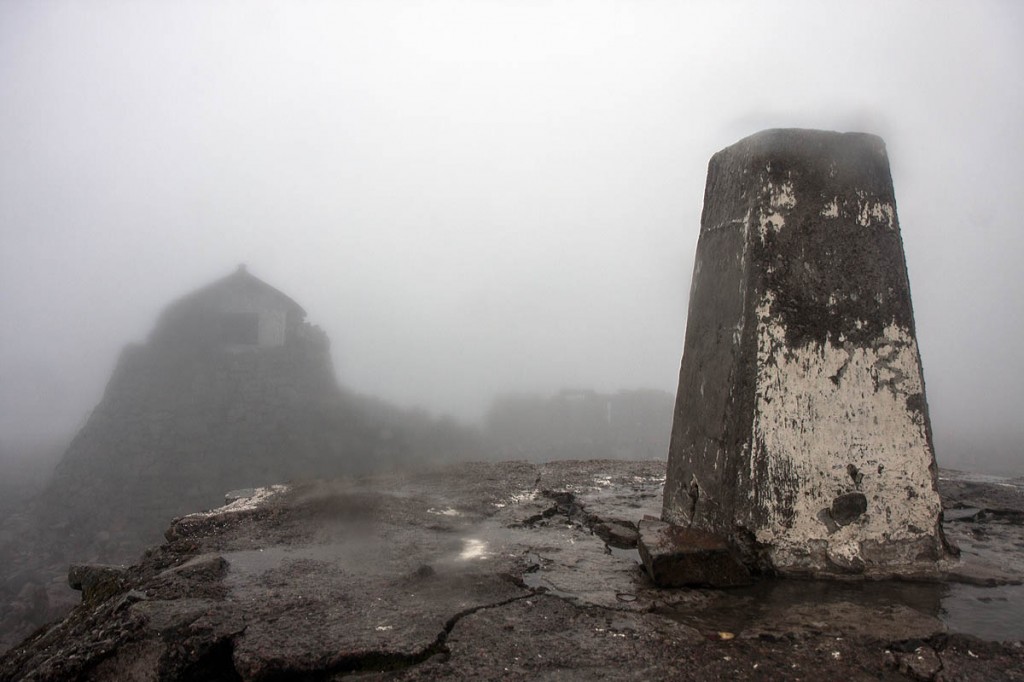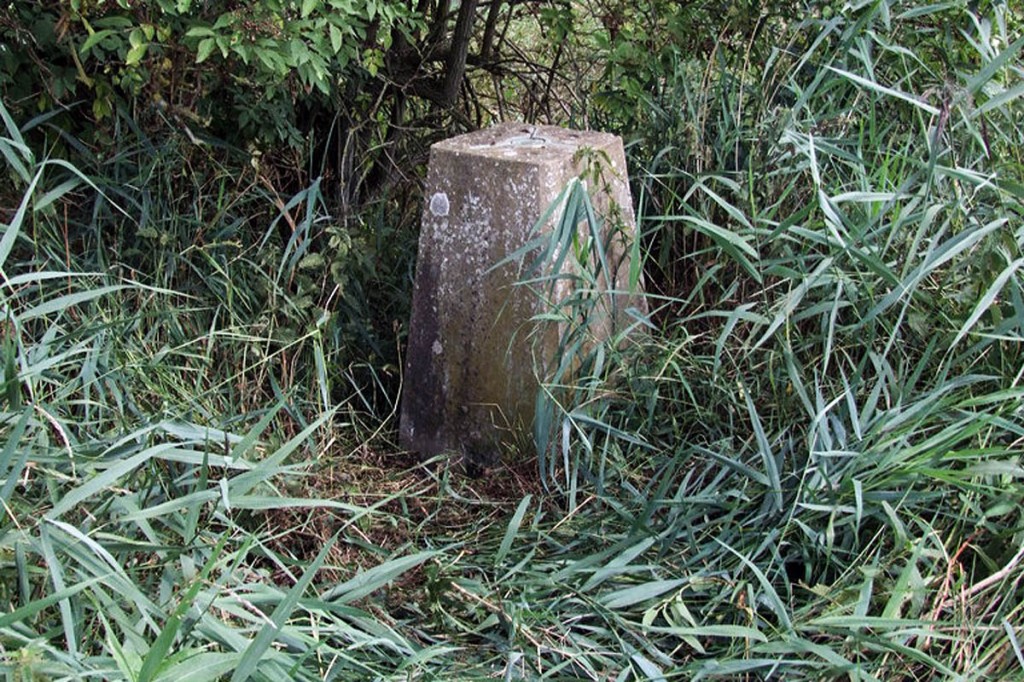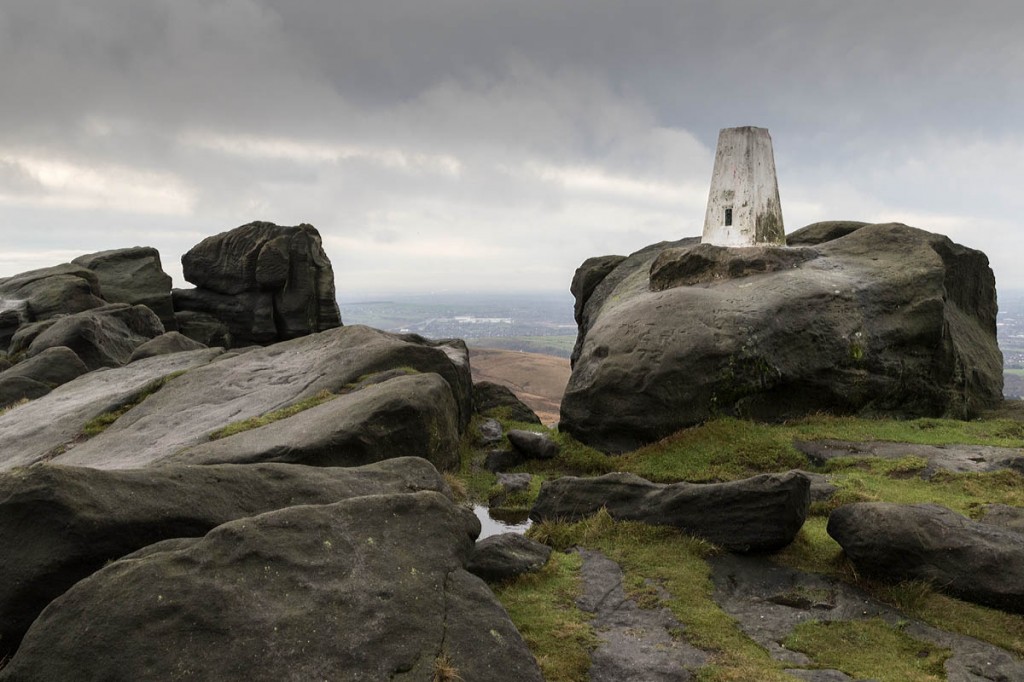A familiar friend to hillgoers is celebrating an 80th birthday today.
Ordnance Survey’s first triangulation pillar went into use on 18 April 1936, beginning a 26-year operation to accurately measure Britain.
Now largely redundant for mapping surveying purposes, the humble pillars, known to most outdoor enthusiasts as trig points, still help walkers, mountain bikers and mountaineers find their way.
The concrete or stone pillars are a welcome sight emerging from the mist to confirm exactly whereabouts you are, or provide a prop with which to record a selfie to prove you’ve summited a particular hill.
The highest trig pillar stands on the summit of the 1,345m (4,413ft) Ben Nevis, while the prize for lowest trig point goes to the one at Little Ouse in Cambridgeshire, which sits a metre below sea level on the South Level, north-east of Ely.
The retriangulation of Great Britain began with a gathering of surveyors in a field in Cold Ashby, Northamptonshire in 1936.
Ordnance Survey said: “That trig pillar is still standing 80 years on, along with thousands more around the country.
“The shining – sometimes – white monoliths are now instantly recognised by any walker or geography lover and have inspired many a trigbagger. They’re quintessentially British, and even made it onto Bill Bryson’s list of favourite British items in his 2015 book The Road to Little Dribbling.
“But what were they for? Now largely redundant, back in 1936, they formed a state-of-the-art network built to re-map Britain, dreamt up by Brigadier Martin Hotine.
“Responsible for the design, planning and implementation of the retriangulation, Hotine also designed the iconic trig pillar to provide a solid base for the theodolites used by the survey teams to improve the accuracy of their readings.
“Some 6,500 were built, to be used for triangulation, the mathematical process that makes accurate map making possible. It works by determining the location of a point by measuring angles to it from known points at either end of a fixed baseline and in this case, those known points were the 6,500 trig pillars, across the country.
“OS surveying teams spent 26 years gathering measurements across Britain to create a highly accurate map of the country, but time and technologies have moved on enormously to the point where the traditional trig pillar is now obsolete in its original guise.
“They still act as a beacon for many an outdoors lover, but they no longer help shape our maps.”
OS now uses a network of 110 Global Navigation Satellite System receivers which enable surveyors to determine positions in seconds and with far greater accuracy. The survey control network of trig pillars was accurate to 20m over the entire length of Great Britain. Today the receivers that make up the OS Net network are co-ordinated to an accuracy of just 3mm over the same area.
Southampton-based Ordnance Survey said measuring angles by eye from a trig pillar meant the retriangulation was reliant on good weather, perhaps part of the reason it took until 1962 to complete. Modern GNSS surveying works in all weathers and is available 24 hours a day.
Trig pillars are mostly made of cast concrete but a few are built from local stone cemented together and, like an iceberg, there is a large part of the trig pillar below the surface.
“Over 6,500 trig pillars were built for the retriangulation of which we think somewhere in the region of 6,000 are still standing,” the agency said. “In total the retriangulation had in excess of 30,000 coordinated points. The modern OS Net network performs the same function with just 110 points.”
The pillars have their own devotees, and there are many trig-baggers active in the country. Trig-bagger extraordinaire Rob Woodall completed his 14-year mission to bag all of Britain’s trig pillars last weekend in Fife. OS said: “He’s bagged 6,190 trig pillars, a seriously impressive achievement. We joined his final bagging expedition and awarded him a mounted flush bracket to mark the moment.”
OS said some trig pillars have been redecorated. “We don’t condone this, but it’s preferable to those sorry ones that are covered in graffiti,” it said. “We’ve seen an alien, a minion, Welsh dragons and English roses so far.”
Most trig pillars follow the standard Hotine design, but there are some ‘Vanessas’ which are taller, cylindrical concrete pillars.”
OS has organised its Trig Pillar Trail Challenge. It wants outdoors fans to take a trip to their favourite trig point and, if they take a photo of it, or with one, anywhere around the country, they can send a photo on Twitter or Instagram using #TrigPillar80, for a chance to win a limited edition T-shirt.
It added: “While we no longer use the trig pillars, they are still our responsibility to maintain. If you do spot a trig pillar looking unsafe, let us know, so that we can take a look and decide on the best way to remedy it.”



